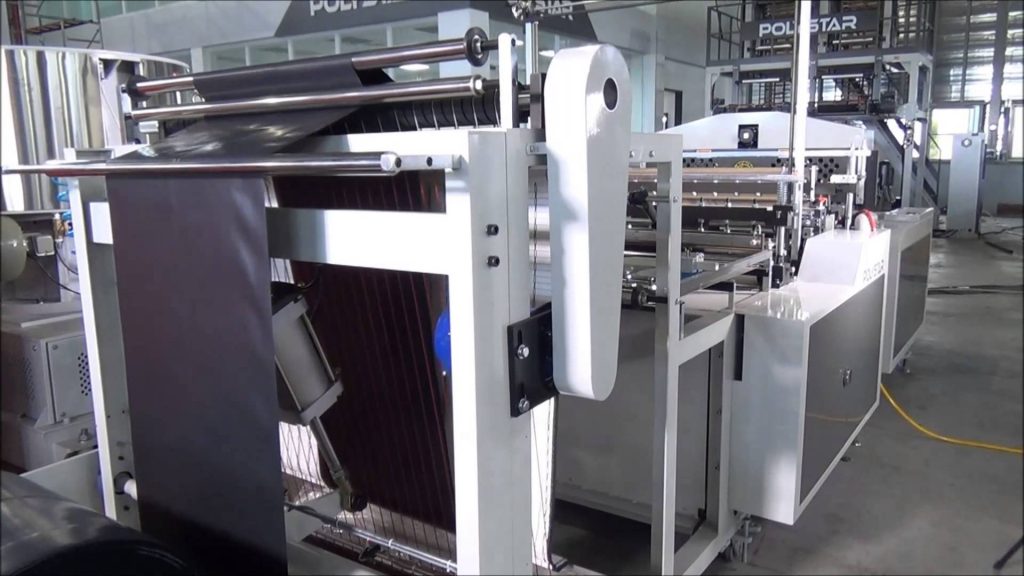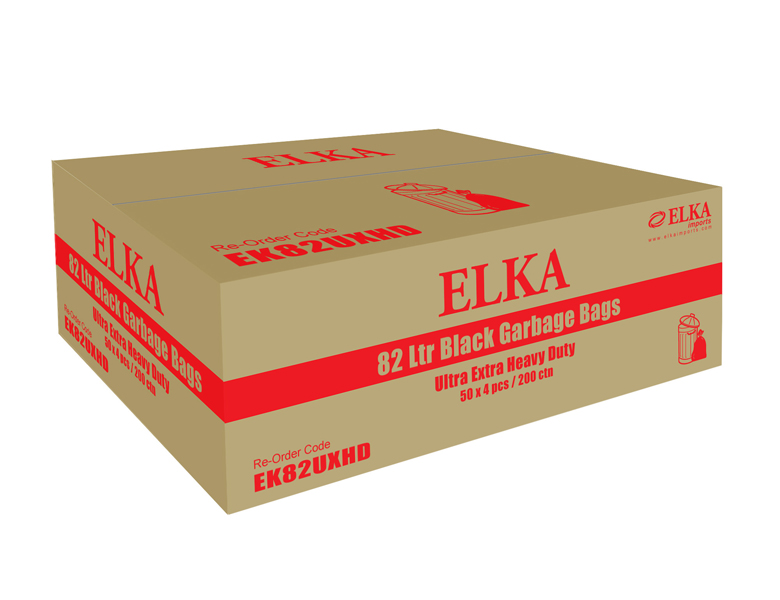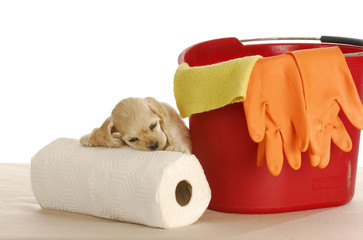 In an era when there is a tremendous amount of focus on sustainability and renewable resources, it is hard to understand why any product might be made with virgin plastics.
In an era when there is a tremendous amount of focus on sustainability and renewable resources, it is hard to understand why any product might be made with virgin plastics.
Today I want to write about recycling and re-use, and explain why for certain products and applications virgin material can be the better choice.
What do the different terms mean?
In order to make sense why a company would choose one resin over the other, it is helpful to understand of the terms “virgin” and “recycled.” Virgin, of course, is the resin produced directly from the petrochemical feedstock, such as natural gas or crude oil, which has never been used or processed before. Recycled can mean many different things, however.
Post-consumer is exactly what it sounds like – material that has been reclaimed after it has left the hands of the consumer. For example, a plastic milk carton that is recycled is taken to a facility where it is washed, re-ground, and pelletized into a new post-consumer material.
Post-Industrial, in contrast, is recycled plastic that never left the manufacturing floor (and therefore never made it to the consumer). For efficiency and to keep costs low, manufacturers try to achieve zero waste during the production process. So they will recycle short shots, extra material, scrap pieces, or anything that is isn’t yet appropriate to go to the consumer.
Which process is the cleanest?
Depending on how the materials are re-processed, post-consumer is the least “clean” of the three materials listed above because of the variability of the feedstock. Even with blending, which adds overall strength, neither post-consumer nor post-industrial recycled materials can ever achieve 100% of mechanical properties of virgin materials. The degredation of these properties has a direct effect on safety factors and long term performance measure such as fatigue.
This is not to say recycled plastics cannot be used in various applications, but does explain why recycled materials often have lower safety ratings. It also explains why manufacturers have made a lot of headway using recycled materials for things like plastic bags and disposable packaging but are still figuring out the most effective way to use it for larger structural and infrastructure items. Often, if the product is structural, it may have to have a lower safety or strength rating if recycled materials are being used.
The sustainability equation
It is tempting to assume that if something is recycled it is more sustainable than something made from virgin material. Sometimes this is true, but not in all cases. Sustainability is the sum of all it parts, of which there can be many. For example, though small, there are ecological impacts from the energy used to drive around to pick the post-consumer materials, from the actual re-processing (cleaning and grinding), and from added resin weight that is necessary to reach the same mechanical properties.
Obviously, there are many impacts from harvesting the petrochemical feedstock needed for virgin, too. An example of this would be toilet paper. One can sit in front of the wall of toilet paper mulling over which product to buy. Most everyone wants buy the one made from recycled pulp, but it is manufactured in China and then shipped to the States. But the one made in the States isn’t made from recycled materials. The conundrum – what trees are being cut down to make this toilet paper, is it farmed, or we contributing to deforestation? Is the material in China really recycled? Where is the material coming from? Is it coming from the US to be made in China only to be shipped back to the US? Unfortunately, few consumers are in a position to make the decision about the most sustainable product without a great deal of research and industry knowledge. There is more about sustainability than just the word “recycled.”
Every manufacturer must weigh many variables when choosing whether to use recycled or virgin materials. Whenever possible – to design the best product efficiently and safely – we use re-processed materials in our manufacturing. Some items, such as our geomembranes, are made of 100% post-consumer material. Other products, such as the Tree Root Barriers, have a mix of re-processed (which may have a mix of post-consumer and post-industrial) and virgin. Still other products, such as the Silva Cell, are made with virgin material only due to the need to meet safe engineering and loading standards. When a recycled resin that can achieve the same safety factor becomes available – and we hope that will happen soon – we’ll be first in line. Until then, we choose the right resin for the product based on how it will be used and to achieve the most minimal and elegant design with the least amount of material. Sustainability and quality are the keys to bringing these products to market.
source






 he easiest way to curb your dog is to collect the poo in a bag and throw it away. There are two main points to take care while bagging your dog’s poop: the right sized bag and the right technique. Make sure you don’t carry a tiny sandwich sized bag, because although it’s enough to contain the poop, there are chances that you’ll get your hands dirty. Once you’ve got a large enough bag, wear it like a glove. Pick up the poop with it, and use your other hand to pull over the bag on it. The bag shouldn’t have a hole, otherwise the poop can drop out. Knot the bag and throw it in a trash can.
he easiest way to curb your dog is to collect the poo in a bag and throw it away. There are two main points to take care while bagging your dog’s poop: the right sized bag and the right technique. Make sure you don’t carry a tiny sandwich sized bag, because although it’s enough to contain the poop, there are chances that you’ll get your hands dirty. Once you’ve got a large enough bag, wear it like a glove. Pick up the poop with it, and use your other hand to pull over the bag on it. The bag shouldn’t have a hole, otherwise the poop can drop out. Knot the bag and throw it in a trash can. In an era when there is a tremendous amount of focus on sustainability and renewable resources, it is hard to understand why any product might be made with virgin plastics.
In an era when there is a tremendous amount of focus on sustainability and renewable resources, it is hard to understand why any product might be made with virgin plastics.